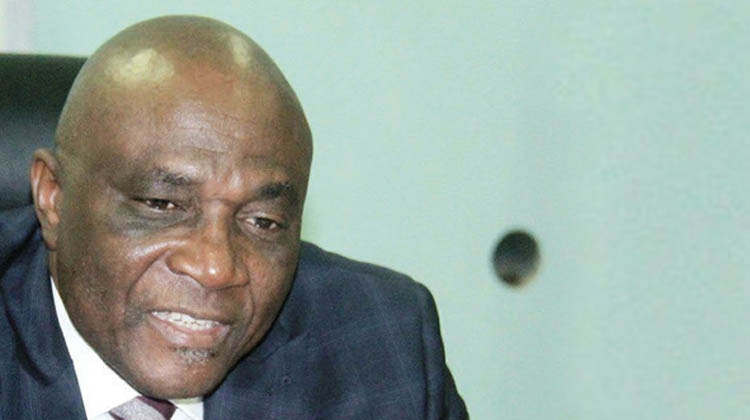The Federal Government has disclosed plans to achieve significant savings of N1.5 trillion this year following the recent hike in electricity tariffs for Band A customers. Additionally, it aims to install approximately 2.5 million meters to address the metering gap across Nigeria and ensure accurate billing for consumers.
According to a document released by the Federal Ministry of Power and shared by the media aide to the power minister, Bolaji Tunji, the government anticipates substantial savings with the tariff adjustment. The adjustment is expected to enhance liquidity in the Nigeria Electricity Supply Industry (NESI), with penalties imposed on power distribution companies (Discos) supplying less than 20 hours of power to Band A consumers.
The move to withdraw electricity subsidy from 15% of power consumers in Nigeria is projected to save the government about N1.1 trillion annually. President Bola Tinubu’s administration is committed to allowing the price hike in electricity, given the allocated budget of N450 billion for energy subsidies in 2024.
Despite opposition from manufacturers and organized labor, the government announced the tariff hike for about 1.9 million consumers, predominantly in the Band A category. This group, constituting about 15% of total power consumers, will now pay N225 per kilowatt-hour, signifying a 240% increase from the previous rate of N68/kWh, effective April 3, 2024.
To address the metering gap, the Presidential Meter Initiative aims to install a minimum of 2 to 2.5 million meters annually over the next five years. With only 5,707,838 out of 12,825,005 registered electricity customers having meters, the initiative seeks to eliminate estimated billing by the end of 2024.
Minister of Power, Adebayo Adelabu, emphasized the necessity of closing the metering gap to enhance transparency and objectivity in billing systems. The initiative targets closing the eight million metering gap within three to five years, requiring an average of two million meters annually to achieve stable power supply and end estimated billing practices.

Leave a Reply